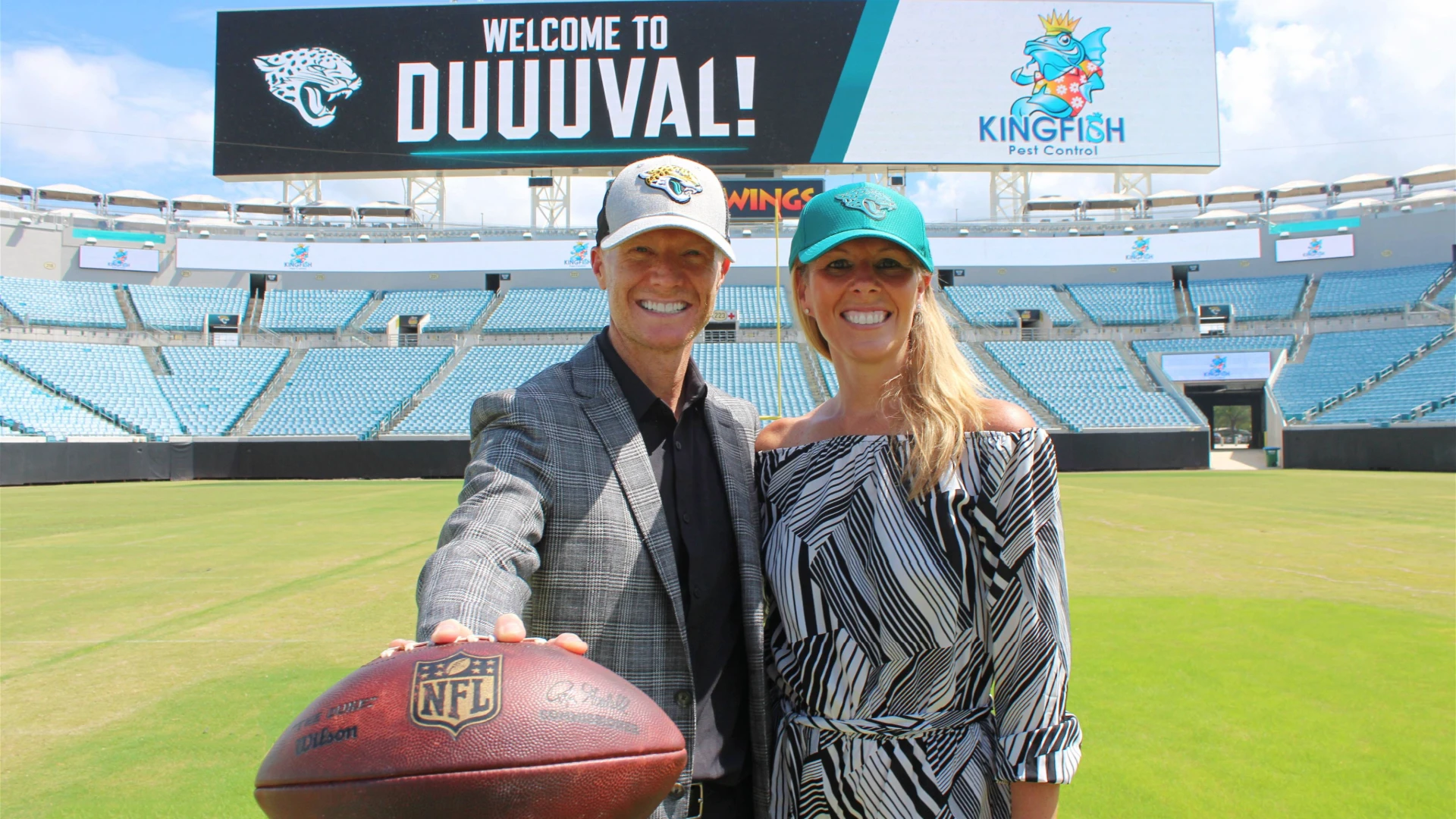Scenario 1: In a winter remodel of a bedroom or a replacement of the carpeting in the front room, carpenter ants are discovered. In the northern tier of U.S. states or southern Canada, it is too cold for an inspection of the exterior to look for a parent nest.
Scenario 2: Winged ants are suddenly emerging from a wall or ceiling and large numbers are attracted to the windows. The season is winter and there is snow on the ground.
Scenario 3: In early spring, winged females emerge into the living space. The large size of these females is particularly awesome. Winged ants are fearsome to homeowners because of their resemblance to wasps that are known to sting.
So, how serious are these problems? What answers can you provide the home-owner? When and how should carpenter ants be managed in the season when outside nests cannot be located and ants are not foraging?
LIFE CYCLE. One needs to remember the life cycle for carpenter ants. Although all ants are social and colonies are composed of a queen or queens, workers and brood, there are variations in the life cycles that are specific to different ant species. In carpenter ants, the colony is usually eight to 10 years old before reproductives are produced.
For carpenter ants, most colonies possess a single queen who has two periods of egg production each year: one in late winter and one in early summer. The eggs produced in late winter will hatch to larvae and will complete development during the spring and early summer as they mature through a brief pupal period before emerging as adults. The summer eggs will develop to larvae and this stage will overwinter until late winter when they mature through the pupal stage and emerge as adult ants. Eggs that are not fertilized will develop into winged males and fertilized eggs that are provided a special diet will develop into winged females. Diet in the larval stages determines if the ant will become a winged female or become a worker. Size of workers is dependent on the amount of food provided in the larval stage.
In summer, late July in the Pacific Northwest, winged forms emerge from their pupal cocoons as males or females. These reproductives remain in the nest until the following spring when the nuptial flight occurs.
WHAT’S AT WORK? So, why are these winged forms making their appearance in homes during winter months and early spring before the normal flight activity for carpenter ants? In mid-summer, satellite nests are established either in outside locations or inside structures in the following locations: wall voids, under attic insulation, under subfloor insulation or any convenient void.
Satellite nests are extensions from the parent nest that is often located exterior to the structure in trees, stumps, railroad ties or wood that has contact with the soil. These satellite nests are established by workers and contain mature larvae and pupae. These pupae yield workers and winged males or females about the end of July or first part of August. These winged forms remain in the nest until the following spring when they participate in the nuptial flights of carpenter ants from late April to early June.
Why do the winged forms overwinter in the nest? The winged females require nine to 10 months to complete the development of their ovarioles (egg-tubes that comprise the ovaries and contain the eggs). In examination of overwintering females, the progressive development of these ovarioles can be observed from August to the following May. The males only require one week for the development of sex cells but these males remain in the nest until the following spring. Inside structures, particularly in attic and ceiling nests, these nests are warmer than the outside environment where satellite nests with winged reproductives occur in trees, stumps or wood in contact with soil. The males leave the satellite nests located inside structures and become sensors of the environment to determine when the nuptial flight will occur. Males produce a pheromone that causes the females to leave the nests for the nuptial flights. Males leaving the satellite nests inside structures before the correct conditions for the nuptial flights, do not release the pheromone but cause panic in the homeowner who has not been aware of the presence of a satellite nest.
Winged males may make brief flights from the ceiling to the window but the flights are of short duration. These males often retreat back into the nest only to emerge again when temperatures rise. It is doubtful that these males possess enough energy to compete with their counterparts in nature after they have made several brief premature forays inside structures.
During the nuptial flights in early spring, the males release a pheromone that stimulates the females to leave the nest and fly. Mating occurs during these flights and the mated females (now queens) locate a suitable habitat in which to begin a new colony. Males die following the nuptial flight and a single carpenter ant queen starts her colony.
TREATMENT. How should these early sightings of carpenter ants be managed by pest management professionals? If a nest is exposed under carpeting or in a remodel, direct application to the ants should be made with a registered chemical. This will manage the exposed ants. Winged forms are more difficult. It may be necessary to drill into a void to locate the satellite nest. Winged forms produce “rustling” noises when disturbed and often drumming on the void or the ceiling will elicit this response and the treatment can be confined to the affected void.
Follow-up treatment during the active season for carpenter ants should be prescribed. Most parent nests are located outside the structure and more than one satellite nest may be located either outside or inside the structure. Careful inspection is required during the active season for carpenter ant activity. Treatment can be made during the active season with baits, non repellent sprays or a bait/spray combination. Conducive conditions for additional carpenter ant activity should be located and remedied.
Education for the homeowner is important regarding carpenter ant infestations and the appearance of winged forms during the winter months. Information regarding the diversity of species of ants in general and then specific information for carpenter ants on the parent/satellite nest arrangement, the conducive conditions and the life cycle involving the reproductives should be included. This will provide the reasons for temporary management during the dormant season and follow-up inspection procedures and treatment during the active season.
The author is an instructor in biology at Spokane Falls Community College, Spokane, Wash. She can be reached at lhansen@giemedia.com.
-------------------
What is a dormant season?
In the northern states and southern Canada, the dormant season for carpenter ants extends from late fall to early spring. Homeowners often have the impression that a dormant season means that carpenter ants are “sleeping.” When carpenter ants are discovered in a remodel or when homeowners are replacing carpeting, the ants may be quite active, but only at that site. During the dormant season, their metabolism is reduced, they seldom leave the satellite nest and the ants are not foraging. In addition, workers may be attracted to a water source and are occasionally seen in bathrooms or kitchens.
-------------------
MANUFACTURER UPDATE: Solutions from DuPont for Tough-to-Control Ants
The DuPont Professional Products line of Advion brand ant control products has been designed to help pest management professionals combat even the toughest ants. Based on a new class of chemistry and powered by the MetaActive compound, Advion brand products target a broad spectrum of ants.
New DuPont Advion ant bait arenas are effective on major pest species of ants including the Pharaoh ant, Argentine ant, odorous house ant and big headed ant. Advion ant bait arenas impact all life stages and are highly attractive to foraging ants, the company reports. Ants quickly ingest the bait, carry it back to the colony and share it with the brood and the queen — providing total colony control, according to DuPont Professional Products. The durable, clay-colored arenas can be used indoors or outdoors and have been formulated to meet the varying feeding habits of ants. Each Advion ant arena holds 1.98 grams of product in a child-resistant containerized bait; there are 30 arenas in each re-sealable bag.
DuPont Professional Products also has a solution for the tough-to-control red imported fire ant. DuPont Advion fire ant bait provides total colony control within 24 to 72 hours, according to the manufacturer. With just one or two applications, pest management professionals can achieve season-long fire ant control quickly and efficiently. In many cases, a broadcast application of Advion fire ant bait is the most cost-effective way to obtain total colony control, the company reports. Advion fire ant bait is available in 2-pound jugs and new 12-pound bags.
DuPont is expected to introduce a new ant gel in 2007 that is a unique formulation yet uses the same power of MetaActive as the current products under the Advion brand.
Latest from Pest Control Technology
- Wildlife Operators Living Fund Supports Injured, Disabled PCOs and Wildlife Operators
- California Declares State of Emergency in Response to Bird Flu Outbreak
- Veseris Expands in Turf & Ornamental and Pool Supply with Acquisition
- Pest Authority, Mosquito Authority Celebrate All-Star Franchisees
- Ka Tsu Joins Avoca.ai
- Envu's Suite of Pest Management Solutions
- In Memoriam: Tom Moore
- 2024 Crown Leadership Award Winner Kathy Heinsohn





